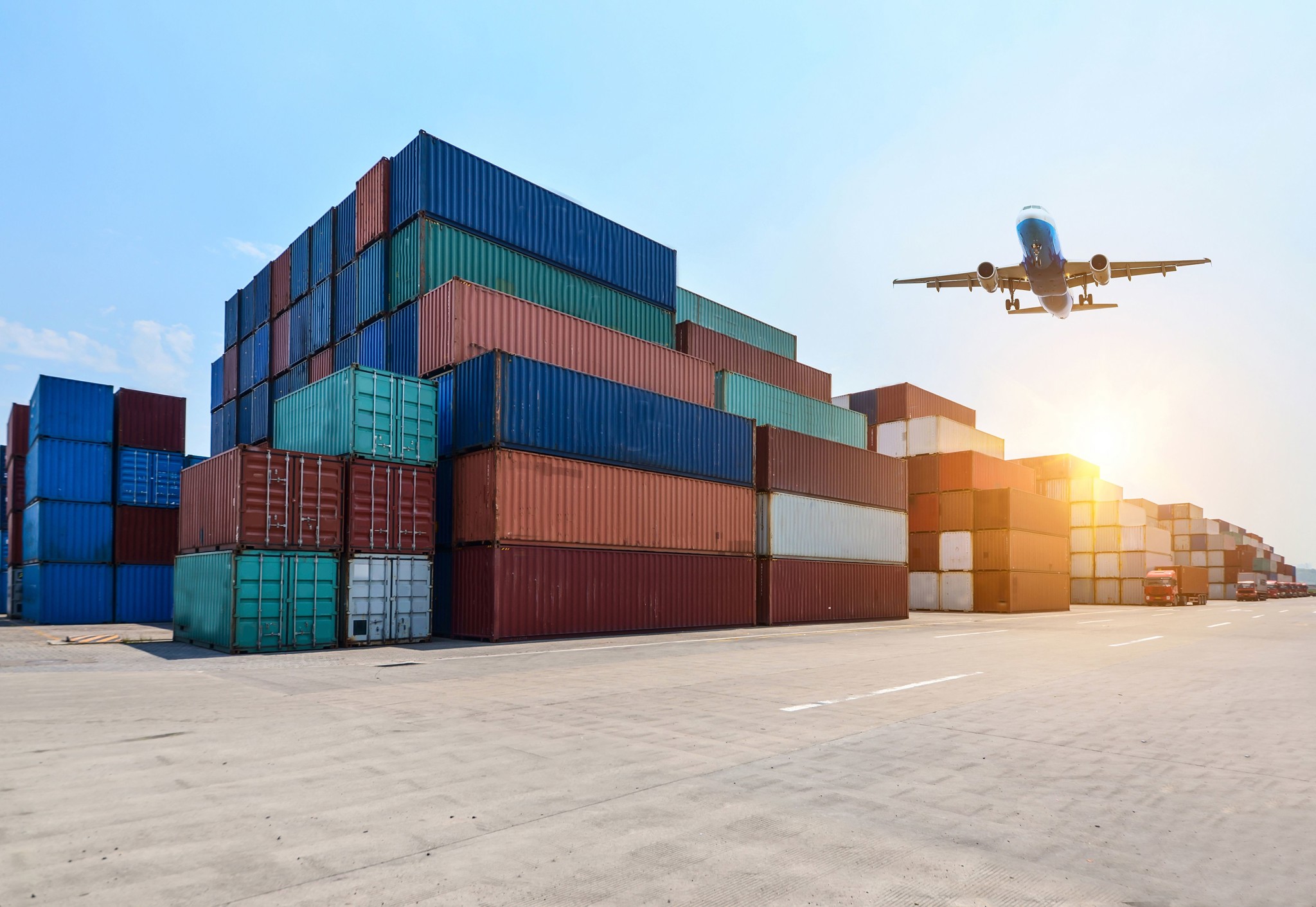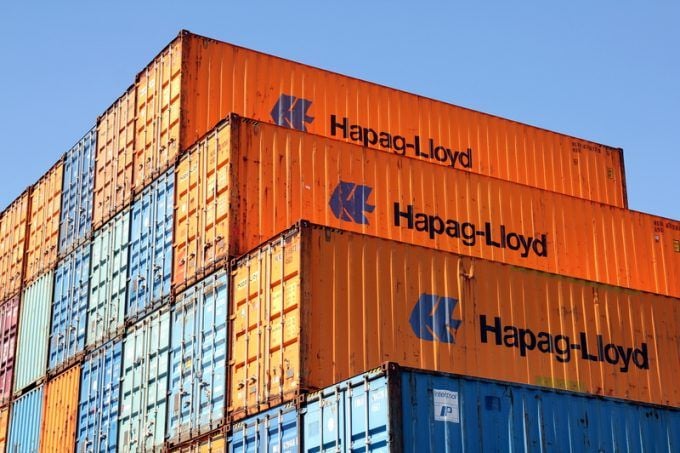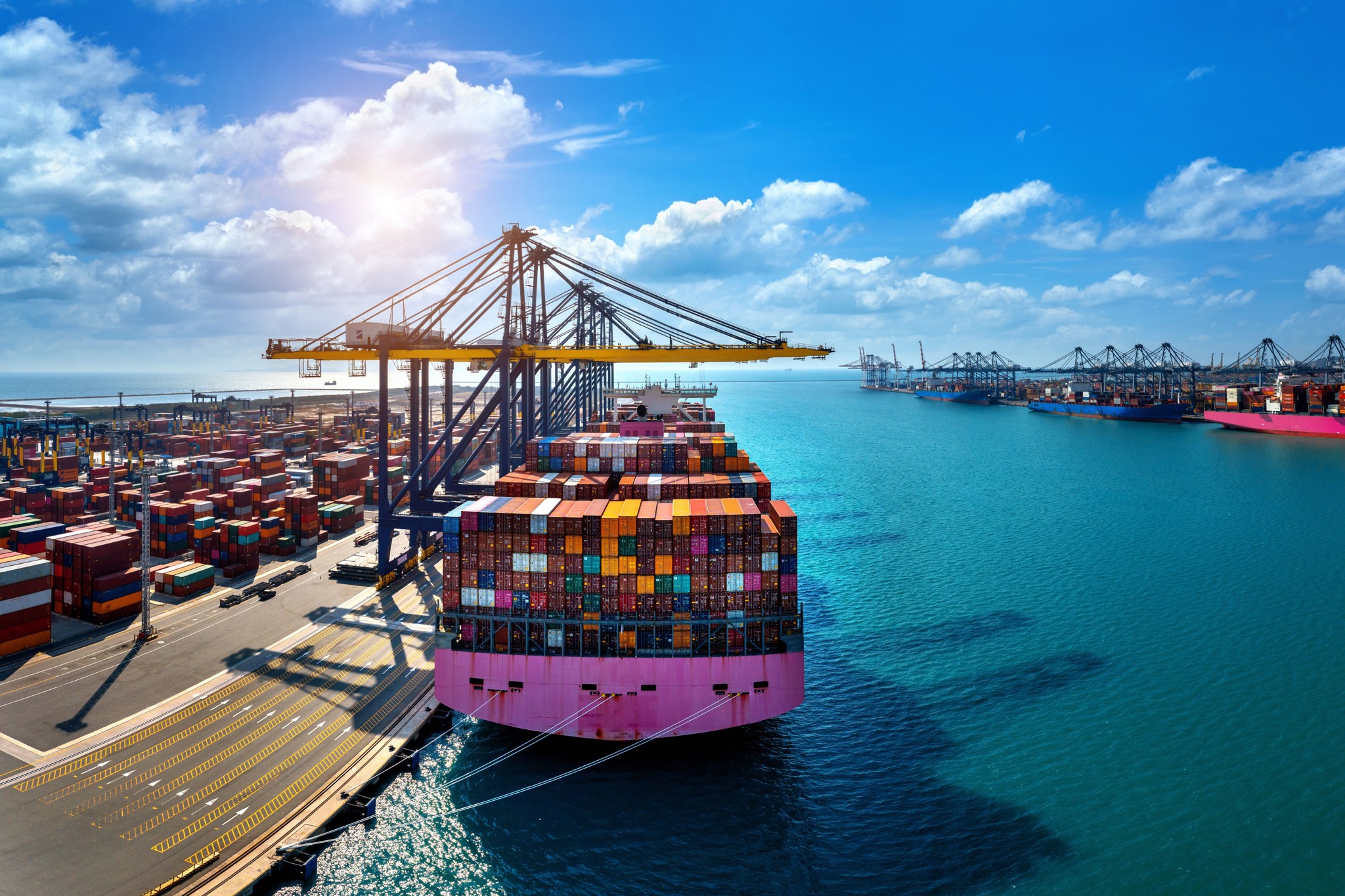Carriers doing more for less, as lower freight rates take their toll
Global container freight rates are still – marginally – exceeding pre-pandemic levels, according to Drewry’s latest assessment (although costs have risen).
Drewry’s World Container Index (WCI) composite index points to a marginal, 0.9%, increase in the past week, reaching $1,488 per 40ft container (feu). However prices were drastically lower year on year; down 78.7% on the same week in 2022 and now stand at 86% below their peak of $10,377/feu in September 2021.
However, comparing them with pre-pandemic levels is more favourable, rates remaining 5% above 2019 averages, despite a deluge of newbuildings bringing overcapacity.
Analysing specific routes, freight rates from Rotterdam to New York saw a sharp decline, of 12%, a decrease of $234, settling at $1,769 per feu.
Similarly, rates on Shanghai-Rotterdam dropped by 4%, or $54, resulting in a rate of $1,291 per feu. Spot rates from Shanghai to Genoa and Los Angeles to Shanghai both experienced a 3% decrease, settling at $1,932 and $846 per feu, respectively.
Rotterdam-Shanghai rates declined by 1%, or $7, reaching $537 per feu. In contrast, rates from Shanghai to Los Angeles rose 9%, or $152, to $1,790 per feu, and Shanghai-New York strengthened by 5%, or $125, reaching $2,715 per feu.
Xeneta notes that the slowdown in retail from high inflation is hitting Asia-Europe hard and the return-to-form, following China’s return from lockdown, has “lost steam”, thanks to geopolitical instability elsewhere.
“At such times, retailers tend to adopt a more conservative approach to inventory levels, while keeping a close eye on the financial situation of consumers,” Xeneta noted. “Despite China’s patchy recovery, retail rates for outbound movements to Europe have continued to weaken, due to well-documented overcapacity and slow demand resulting from high inflation.
“Prices for ocean freight, meanwhile, show no signs of increasing – or of a typical peak season for retail shippers.”
And it was not good news for OOCL this month: despite a negligible difference between Q1 and Q2 tonnage carried on its transatlantic route, revenue fell nearly 25% on the back of the tumbling rates. On Asia-Europe, OOCL saw volumes up 9.3%, but revenue fell almost as much, by 8.8%. OOCL’s numbers suggest a market in which carriers will be doing more for less.
Carriers had been having some luck slowing down on certain routes, but gains from that now appear to be drying up. This week Alphaliner noted that the number of idled ships had increased in the past fortnight, most carrier-controlled vessels, which make up 93% of the total idled fleet.
“As expected, the container charter market continues to lose strength,” said Alphaliner. “Activity in the past fortnight has been significantly down compared with previous weeks, and while the overall shortage of prompt ships has often been cited as a reason for a limited activity in certain segments, demand is now also receding, especially in the smaller sizes where available tonnage is on the rise.
Sourced from theloadstar.com.




